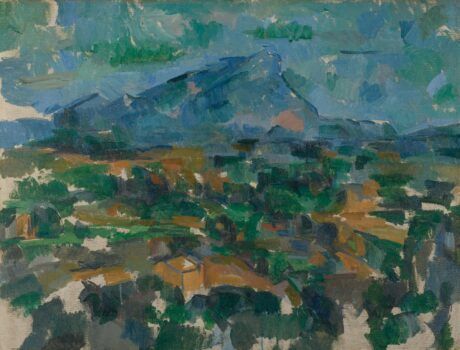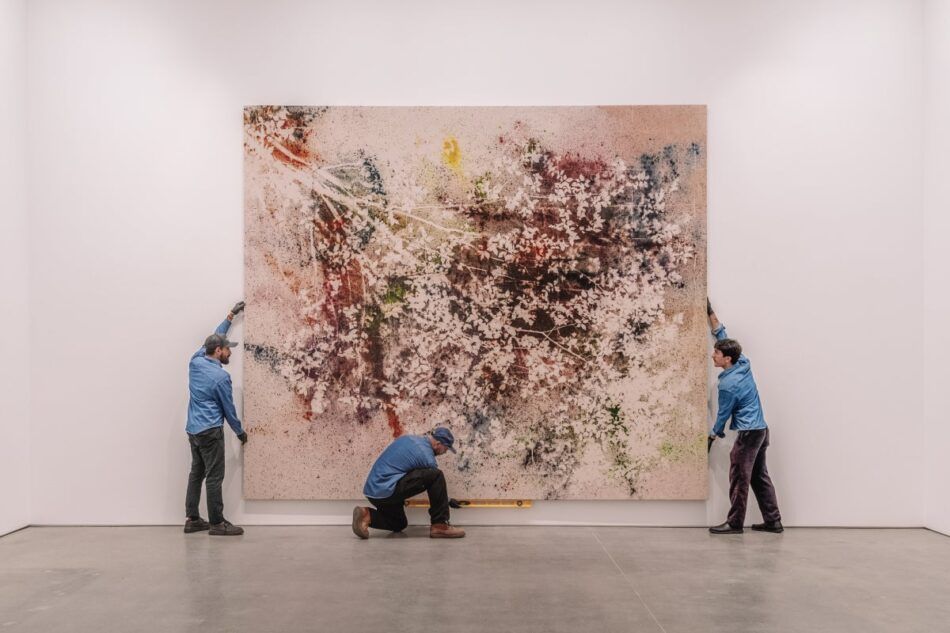
Art is more than a visual experience. It’s often an investment, an heirloom, a precious collection assembled with passion.
Whether an Old Master painting or a contemporary sculpture, fine art demands a level of care that transcends simply renting a U-Haul and calling it a day. That’s why many collectors turn to art-handling specialists, whose services range from crating and international shipping to installation and storage.
To understand the key basics of art logistics, we spoke with a few industry veterans with years of experience navigating the balance among safety, timing and aesthetics. They offered a window into the world of professional art handling — where even a few degrees of temperature fluctuation or the wrong crate construction can jeopardize a masterpiece — and discussed how they help clients move and store their treasured works as seamlessly as possible.
1. Custom Crating
The number-one priority in art logistics is, of course, protecting a piece from harm, especially during transit. “We always work with professional art handlers, who use museum-grade materials,” says Chicago-based interior designer Sasha Adler. Adler regularly assists clients with moving and installing their art and notes that professional services include “custom-built crates, shock-absorbing foam and climate-controlled transportation environments.”
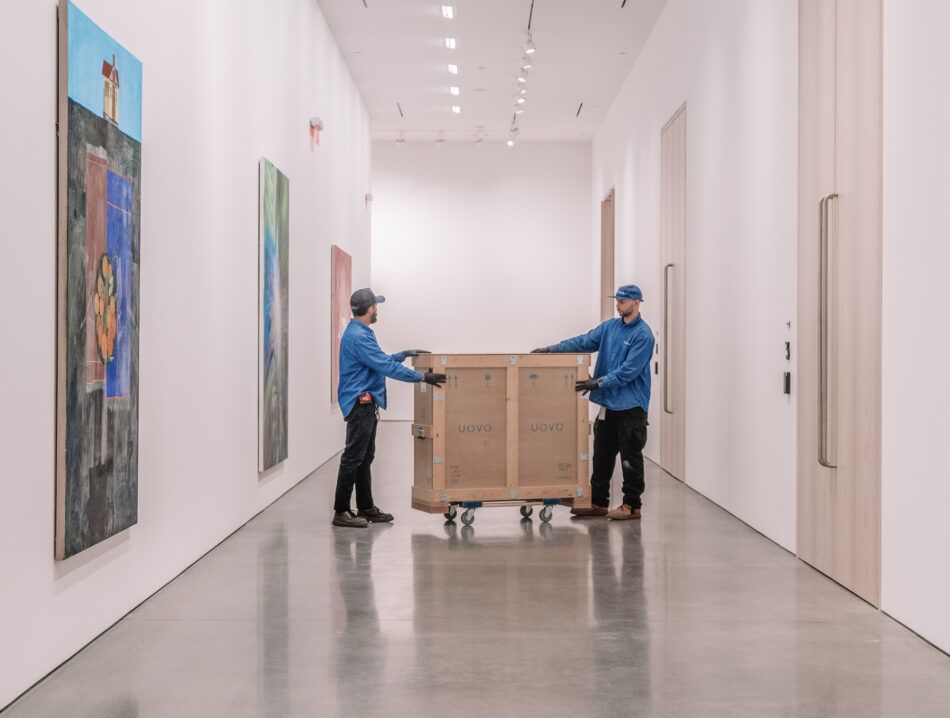
Naturally, the packing process varies widely depending on the piece itself. A durable bronze sculpture might only require basic stabilization, while a fragile mixed-media piece could need foam cushioning, vapor barriers (protective layers like plastic film or foil that block moisture from getting to the artwork) and shock absorption.
“We assess everything — from where the work is going to how often it will travel,” explains Alexandra Kelly, a senior vice president at UOVO, a full-service storage and logistics company that handles art, as well as fashion and wine collections.
Based in New York, with facilities across the country, UOVO is known for its white-glove approach to art handling. Slipcases, travel frames and custom crates are among its packing solutions. “It’s all about reducing risk at every touchpoint,” says Kelly.
Speaking of crates, they aren’t just boxes. They’re the first line of defense. UOVO’s team often designs bespoke crates based on material sensitivities, dimensions and transit routes. For example, a canvas destined for a humid destination might need insulation and moisture control, while a marble statue bound for exhibition might call for vibration-dampening systems.
Kelly points out that high-value artworks may move multiple times, and in such cases, modular crate designs can be more appropriate. Built with interchangeable components that provide flexibility and allow reuse, modular crates offer a practical alternative to custom crates, which are tailored to a single artwork and often used only once.
2. Meticulous Prep for International Shipping
Cross-border shipping is rife with bureaucracy and risk. “We always include as much documentation as possible to avoid delays,” says Adler, adding that, unfortunately, timing isn’t the only concern. “Once,” she recalls, “a ceramic sculpture was damaged during inspection just to prove it wasn’t concealing anything inside.”
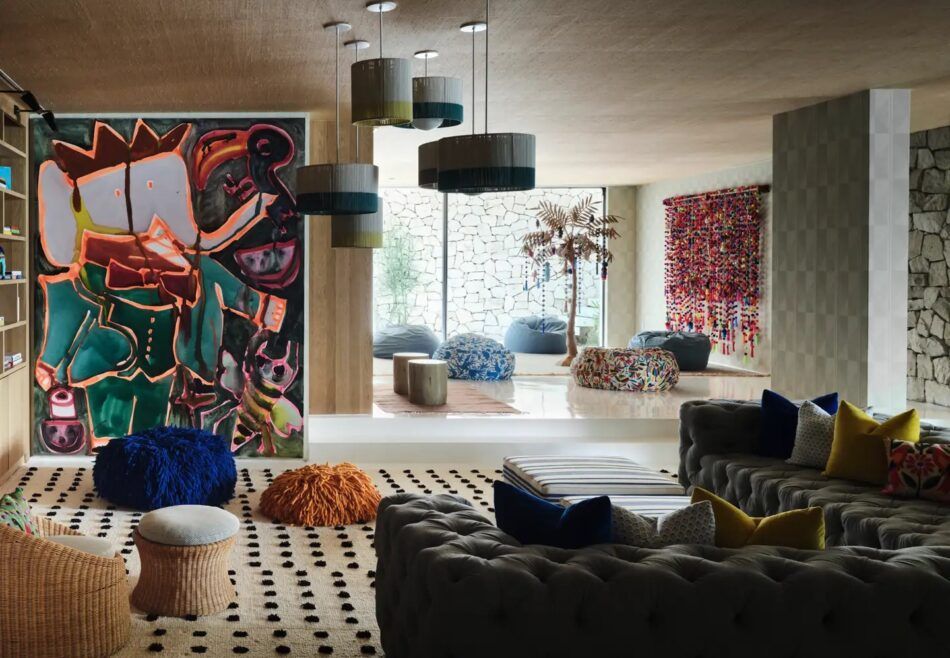
Such incidents underscore the importance of detail-oriented preparation, especially for art traveling globally. Whether the pieces are coming from Mexico or Milan, professional logistics teams ensure that commercial invoices, packing lists, certificates of origin and condition reports are included with every shipment. For artworks made of animal-based materials — such as ivory, bone or feathers — CITES (the Convention on International Trade in Endangered Species of Wild Fauna and Flora) permits may be required, and acquiring these can be time-consuming.
Import taxes can also catch collectors off guard, particularly with the shifting trade policies under the current U.S. administration. Reputable art shippers and customs brokers can anticipate possible problems, advising clients on duties, exemptions (such as for temporary imports for exhibitions) and the correct Harmonized Tariff Schedule (HTS) codes to avoid misclassification.
3. Insurance for Worst-Case Scenarios
Given the unpredictable nature of art logistics — with issues ranging from weather delays and customs holdups to accidents, misplacements and even theft — insurance is a must-have. If the worst happens, a robust insurance policy can protect the holder from costly losses.

“We always make sure the item is fully insured,” says Adler. “But some pieces are not replaceable, so it is important to verify that you have checked all of the boxes when planning.”
4. Tailored Transportation
The average moving van (or the back of your own SUV) is often not the best option for getting a piece from point A to point B. UOVO’s fleet includes vehicles from compact vans to 48-foot trailers outfitted with air-ride suspensions, GPS tracking, climate control and alarm systems.
Locally, clients can often schedule same-day deliveries, while UOVO’s national shuttle network connects all its facilities on a weekly basis. Internationally, the company manages air and sea freight, handling customs and complex logistics from door to door.
5. White-Glove Delivery and Installation
Frequently, the issue isn’t just getting from A to B — it’s getting through the door. Los Angeles–based interior designer Sienna Oosterhouse, who has worked with many clients’ art holdings, has seen the challenges firsthand. In one case, she had to deconstruct a piece herself, “literally taking apart the frame and rolling the canvas, with intricate instructions on how to put it back together safely,” she recounts.
In older buildings, particularly in Europe, or in dense cities like New York, tight stairwells and narrow doorways can easily derail a move. “Sometimes it’s easier to rent a crane and install through a window than try the front door,” Oosterhouse says.
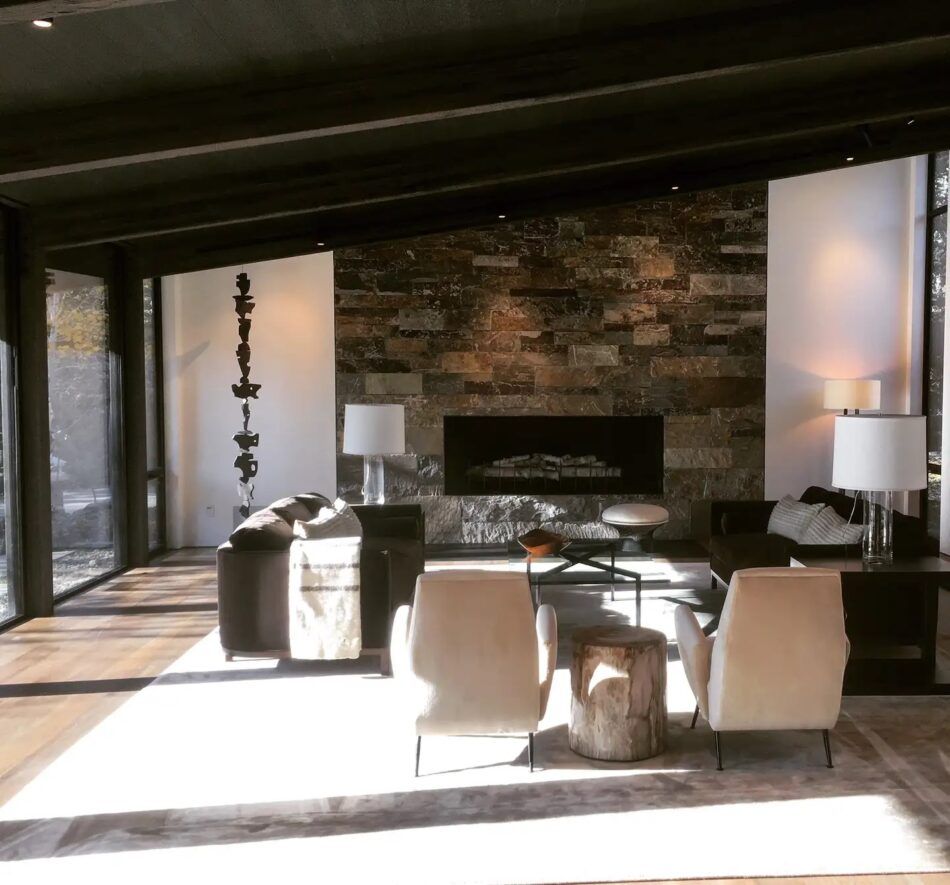
Done correctly, installation is a highly choreographed event. “Every space is different, and every work has specific requirements,” says Kelly. UOVO’s teams communicate directly with clients to evaluate site conditions and prepare accordingly, providing the tools, equipment and handlers needed to install pieces properly — whether hanging a series of framed photographs or hoisting a steel sculpture into a courtyard. Gloves, an unrushed pace and team coordination are key. The best teams operate with the understanding that every handling is a moment of vulnerability.
6. State-of-the-Art, Climate-Controlled Storage
Off-site storage may be necessary for those who don’t have the space to display their full collections at home. And when it comes to storing art, environment matters.
UOVO’s facilities, for example, offer precise climate control and 24/7 monitoring to protect against temperature fluctuations, humidity, pests and even natural disasters. “We’re not just storing objects — we’re preserving history,” Kelly notes. The company’s locations are designed to accommodate works of all sizes, with customizable storage options and rooms for private viewing.
In an increasingly digital world, UOVO has added an extra layer of accessibility with its online client portal. Collectors can log in to view real-time inventory, schedule shipments and manage billing. “Our clients want to know where their art is at any given moment,” says Kelly.
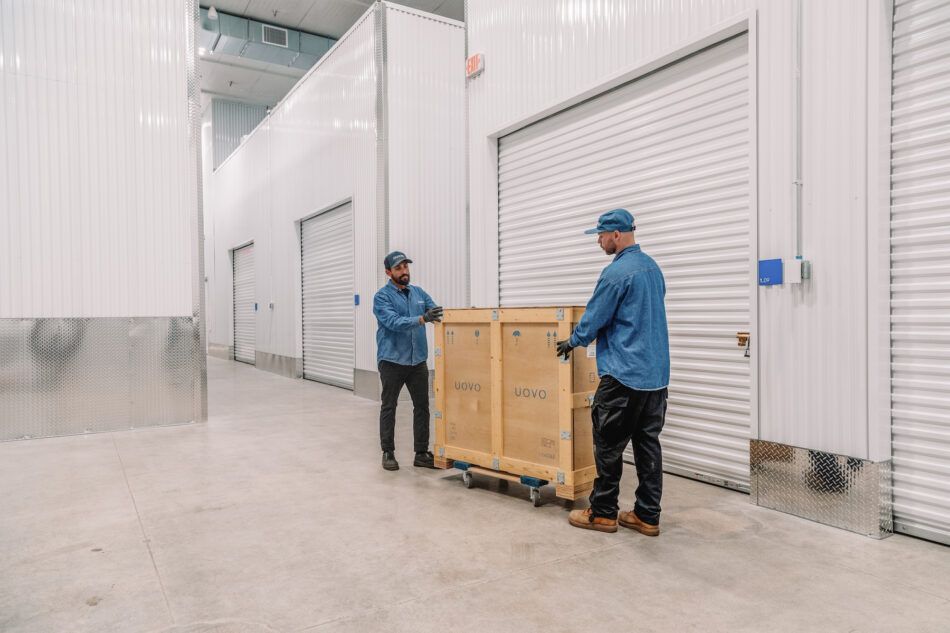
Oosterhouse agrees that the right environment is paramount. “It’s super important to have your art stored at a safe, climate-controlled facility,” she insists. “We’ve had a statue develop mold in storage — things happen, and prevention is everything.”
Best practices also include detailed condition reporting and photographic documentation. “I have clients with revolving art installations, which usually involve an art conservator or private art-management company,” Oosterhouse says. “They will review art at the residence before removal and take note of conditions and then do it again upon return. Of course, experienced art handlers will do this as well.”
But Oosterhouse notes that decomposition is inevitable for some works, which is important to keep in mind. “I was in Paris recently looking at The Raft of the Medusa [by Théodore Géricault, on view at the Louvre] and was told that it was made with a particular type of material that is eating away at itself. This painting is not expected to last another 50 years. Sometimes, there is nothing you can do but enjoy your art while you can.”



